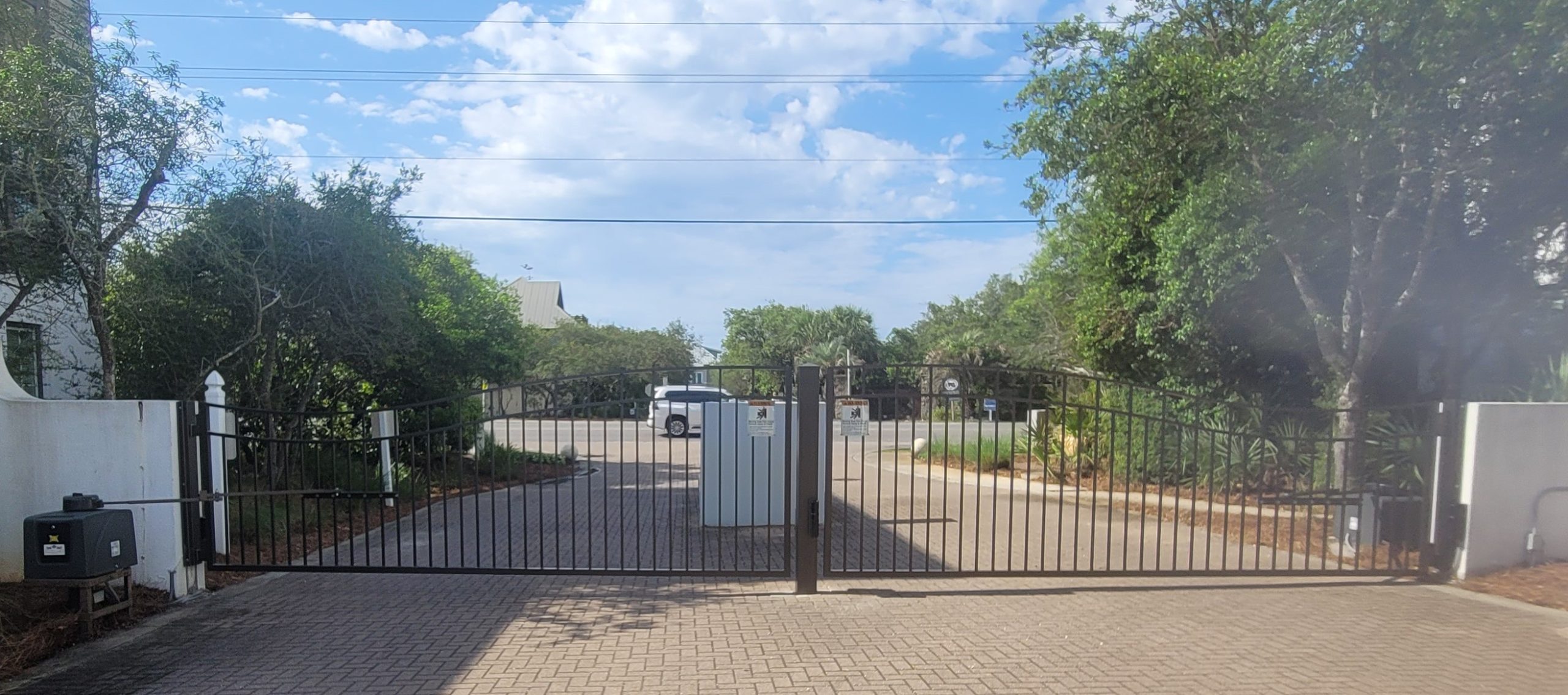
In the world of business, success hinges on making the right choices, and one such choice that can significantly impact your security and operations is the installation of commercial gates.
These gates serve as the first line of defense for your property and contribute to the overall aesthetic appeal. However, to truly unlock success in this aspect, the key lies in hiring a professional company with expertise in commercial gates.
In this blog, we will delve into the many benefits that come with entrusting your gate installation and maintenance to professionals, highlighting why they are the essential link to ensuring security and efficiency for your business.
Access Control
Enlisting the services of a professional company to install a gate for your business introduces a world of advanced access control solutions, elevating security to a new level.
Telephone entry systems enable remote access authorization, saving time and ensuring only authorized individuals enter. Robust magnetic locks seamlessly integrate into the gate, allowing access only to those with the correct credentials, eliminating the need for traditional keys. Keypad entry offers customizable and secure options, while card readers provide quick access management.
These advanced security features, along with the expertise of professionals, fortify your business’s security, safeguarding your premises effectively and efficiently.
Custom Fabrication
When you engage a professional company to install a gate for your business, you gain access to the world of custom fabrication, where aesthetics meet functionality.
Custom fabricated gates offer a unique and professional look that can be tailored to match your brand and surroundings seamlessly. These gates are not just functional; they become a statement piece for your business, leaving a lasting impression on visitors and clients.
The precision and attention to detail that professionals bring to custom fabrication ensure that your gate is not only a security feature but also a stunning visual element that enhances the overall appeal of your business premises.
Professional Installation
Opting for a professional company to install a gate for your business guarantees a seamless and efficient installation process. Professional installers bring expertise to the table, ensuring that your gate is set up correctly and promptly.
This proficiency minimizes downtime, allowing your business operations to continue smoothly. With professionals at the helm, you can trust that every aspect of the installation, from foundation work to wiring and testing, is handled meticulously.
The result is a gate that not only enhances security but also operates flawlessly, giving you peace of mind and keeping your business running without disruptions.
Secure Your Company Today With Quality Gates and Openers
The choice to hire a professional company for your commercial gate is a pivotal one that directly influences your business’s security, functionality, and visual appeal. Access control, custom fabrication, and professional installation are the cornerstones of success in this endeavor.
To embark on the journey of enhancing your business’s security and aesthetic charm, don’t hesitate to reach out to Quality Gates and Openers. Contact us today to begin the process of finding the perfect gate tailored to your company’s unique needs and specifications. Your business deserves nothing but the best, and we are here to provide it. Unlock your success with us.

 In an age where
In an age where